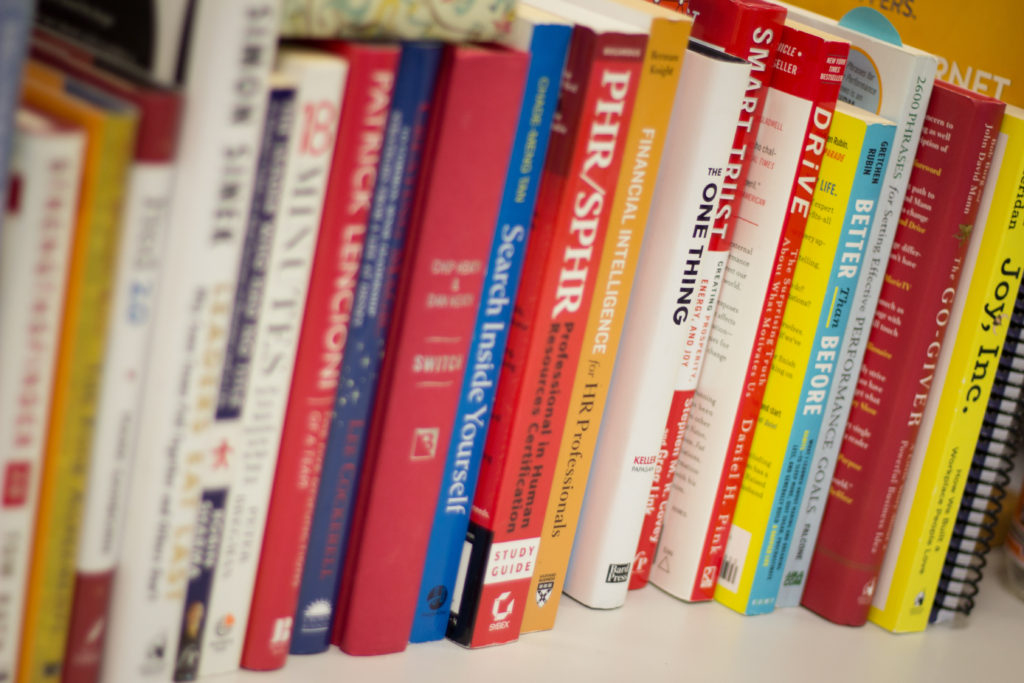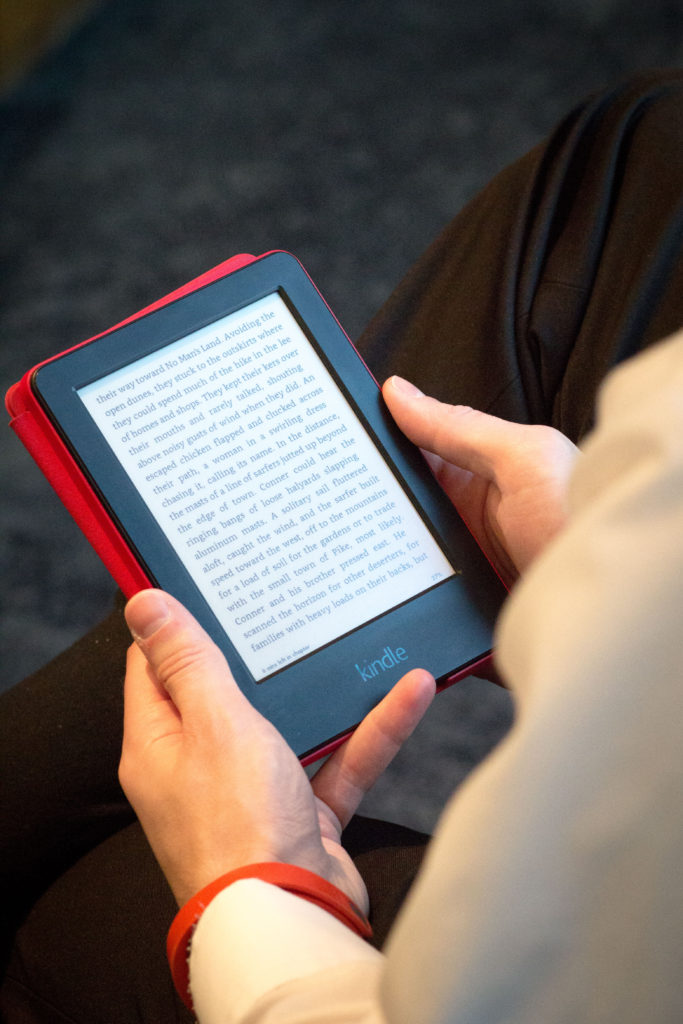This Post is Part 1 of a 5-Part Series on Professional Development.
PART 1: SELF-LEARNING | BRANDON LAWS
PART 2: PEER GROUPS | ANGELA PERKINS
PART 3: CERTIFICATIONS | LACEY HALPERN
PART 4: IN PERSON WORKSHOPS & SEMINARS | SUZI ALLIGOOD
PART 5: EXPERIENTIAL LEARNING | ALISHIA YOUNG
Click the play button below to hear Brandon talk about self-learning. If the player does not work, click here to listen on Soundcloud.
From what I remember of my high school and college years, I was never a big reader, let alone a learner in general. I was a good student. I showed up, took good notes, and often engaged in classroom discussions. But I avoided buying textbooks each time I could—they’re big and bulky, expensive, and B-O-R-I-N-G! As you might imagine, the habits of not reading for class translated to never reading on my own.
Once I got out of college, I had a bit of a shock. Many questions ran through my mind: “Did I actually absorb anything during my time in school?” “Am I really done learning?” “What can I do to get new information and skills that will help me grow in my career?” “What do I do now?”
 Luckily for me, I met someone at the start of my professional career who encouraged me to read a few specific books. Two books in particular I was encouraged to read at 22 years old were You Can’t Steal Second With Your Foot on First and Think and Grow Rich, both of which, at the time, I needed. I read them cover-to-cover and was left feeling so inspired. I wanted more. I started reading several books on economics, business, leadership, marketing and…wait for it…Excel (I’m a big geek, I know)! I’ll occasionally sneak in fiction to mix it up, but rarely.
Luckily for me, I met someone at the start of my professional career who encouraged me to read a few specific books. Two books in particular I was encouraged to read at 22 years old were You Can’t Steal Second With Your Foot on First and Think and Grow Rich, both of which, at the time, I needed. I read them cover-to-cover and was left feeling so inspired. I wanted more. I started reading several books on economics, business, leadership, marketing and…wait for it…Excel (I’m a big geek, I know)! I’ll occasionally sneak in fiction to mix it up, but rarely.
Fast forward to today. Ever since the app Goodreads launched, I have been an avid user. Tracking what I’ve read, following others, and marking the books I want to read have become vital to my ability to maintain the ongoing habits of reading that I have today. As I reflect back to 2011, when I first joined Goodreads and began tracking what I was reading, I have read 15 (2011), 30 (2012), 29 (2013), 31 (2014), 26 (2015) and 43 books (YTD 2016). I mention this because I went from being barely a self-learner to someone who can’t go without it. And if you’re wondering how I read that many books, doing some math makes it seem simple for anyone to get started!
|
Minutes Per Day Reading |
Days in year | Pages per minute | Total Pages Read | Ave. Book Length | Books Read per Year |
|
20 |
365 | 1 | 7,300 | 250 | 29.2 |
| 30 | 365 | 1 | 10,950 | 250 |
43.8 |
| 60 | 365 | 1 | 21,900 | 250 |
87.6 |
I truly believe my habits of becoming an obsessive reader are due to a combination of having coworkers at Xenium around me who love to read, my curiosity to learn new information, and the availability of tools like Goodreads.
 Speaking of tools, not only does Goodreads have an amazing application that helps you sustain your reading, but there are countless other tools I’ve used to read or self-learn. Here are a few:
Speaking of tools, not only does Goodreads have an amazing application that helps you sustain your reading, but there are countless other tools I’ve used to read or self-learn. Here are a few:
- Audible – Yes, I do count listening to audiobooks as reading! I have a 30-minute commute one-way, so why not turn the car into a “university on wheels,” as Zig Ziglar used to say?
- Podcast Applications – having an iPhone has made it so easy to tap into the knowledge of other people through their podcast app—but you can also access podcasts anywhere using many common applications, such as Stitcher. I sample a lot of podcasts and stick to the ones I love that can teach me something new. Try Xenium’s HR for Small Business podcast if you’re looking for HR, leadership, and management content.
- Kindle’s feature “Word Runner” – Don’t have a lot of time to read but want to make it through a lot of content? Word Runner is a unique speed-reading application that flashes one word on the Kindle Fire screen at a time. It’s challenging at first, but your brain surprisingly adjusts to the speed. To better understand the power of this tool, I read a book that would normally take me 6 hours in less than 2 by using this application, and I absorbed as much as I would have done so if reading it normally!
- Video training – This is the most untapped self-learning tool, in my opinion, and is probably the future of self-paced learning. Depending on what you need to learn, undoubtedly there is something out there for you. I have used YouTube for specific software tips and tricks, com for a long list of business and marketing courses, Lynda.com for technical training, Skillshare.com, Ted Talks for outside-of-the-box theories and other new ideas, and countless other resources. If you can’t get to an in-person course or need something specific for your role, this might have your name written all over it!
Since we are now so connected and the internet has become this amazing tool of information sharing, self-learning has become so much more accessible. If you need to learn a new skill, you can do it! If you want to brush up on your business acumen, you can develop it! And if you need to find thought leaders in your industry you want to connect with and learn from, you can easily find them and learn without being constrained by your location.
As an aside, groupthink and confirmation bias scare me quite a bit, so the information and tools available on the internet and books can offer a wide array of ideas that continue to challenge my beliefs and keep my mind curious.
Summing it up for me, certifications, formal school, and workshops are challenging because I have two young kids at home and I cannot dedicate the necessary extra time away, so self-learning has become the way I develop professionally. For you, maybe self-learning can become one of your daily habits to supplement what you’re already doing!
